With the start of the winter season, it is vital for the people who manage a backyard Chicken coop or are in the poultry business to take necessary steps to ensure the health and hygiene of their Chickens. So it’s important for them to understand the precautionary measures needed for raising Chickens in winter. As the winter season kicks off, the Chickens have to face difficulties like cold water and their bodies also tend to get cold which cuts down on their egg production to low or zero level. So how to keep Chicken healthy and happy in the winter season is what this exposition deals with. The Chickens which are free ranged surely outweigh those which are controlled reared during winter season. The basic theme behind this exposition is to how to develop suitable Chicken coops for winter, and this can be done by bringing some changes in your existing coops so that the Chickens remain warm. Following are some tips which can be used for the purpose:
1. Chicken roosting
Chickens have a natural way of keeping warm and they achieve it by keeping their feathers fluffed at the night time. This natural methodology is called Roosting and Chickens do it in a group by roosting together and sharing the heat of their bodies. To facilitate their method, the caretaker of the coops should increase the space for roosting by 8 inches for every chicken. Increase the level of comfort in the coops, and it’s also good if one adds more Roosts to the coops.

2. Light control
Pineal glands of Chickens have a strong influence on their laying ability and these glands are controlled by daylight. Sixteen hours of light are needed for facilitation of maximum egg production, and such light is short in winter as compared to summer due to short days and infrequent sun exposure. So for keeping Chicken in winter at a suitable level of egg production, caretakers need to add 1 or 2 bulbs of incandescent light and the bulbs should have a power of 60 watts. A timer can also be used to prevent the effort of switching the lights on and off.
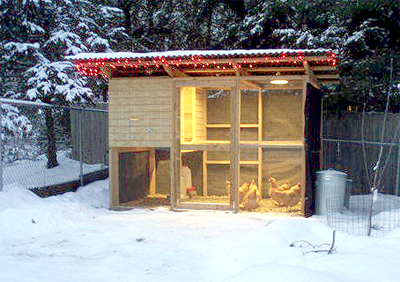
3. Warm water
Water in the Chicken coops tends to get very cold in the winter nights and they drink such water in a lesser quantity which cuts down on their desired level of intake. This can be prevented by adding heater bases under the galvanized metal containers in which the water is placed. Such heaters are easily available in the market.

4. Provision for insulation
Insulation materials should be used on the inner surfaces of the coop to facilitate conservation of heat.
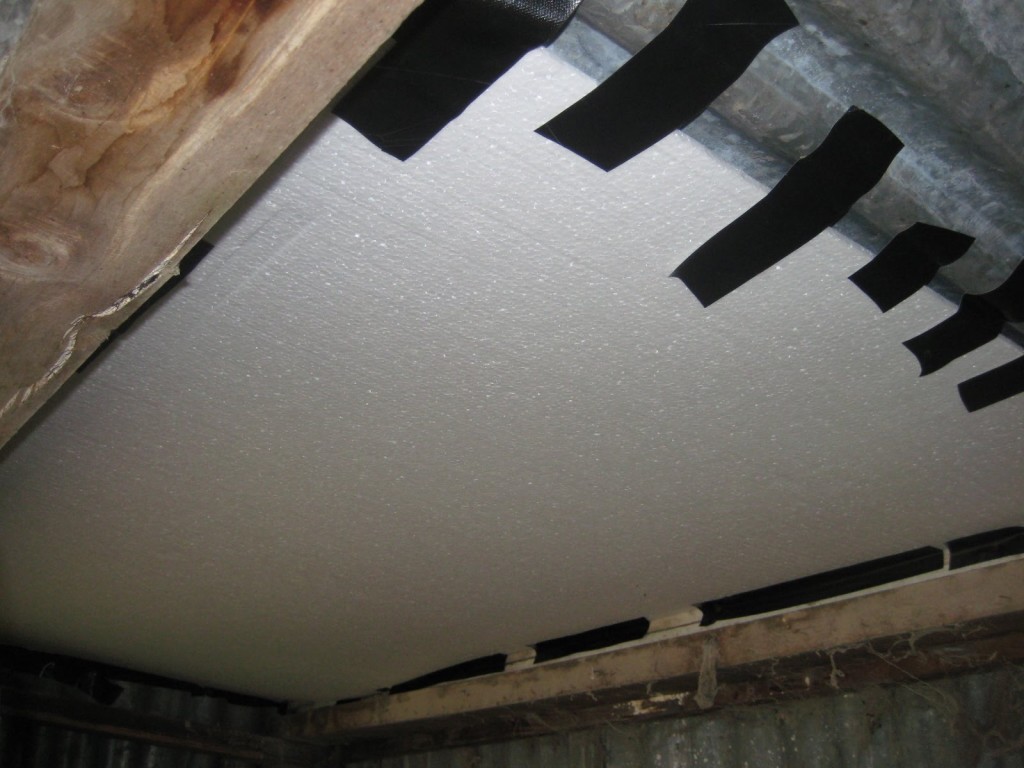
5. Proper Ventilation
The coolers which are normally used in the coops to prevent it from overheating during summer, should be utilized in winters as well because they are necessary to remove out the stale or dry air which blows in winter. This also ventilates the coop and provides it with fresh air which is important for healthy growth of Chickens.
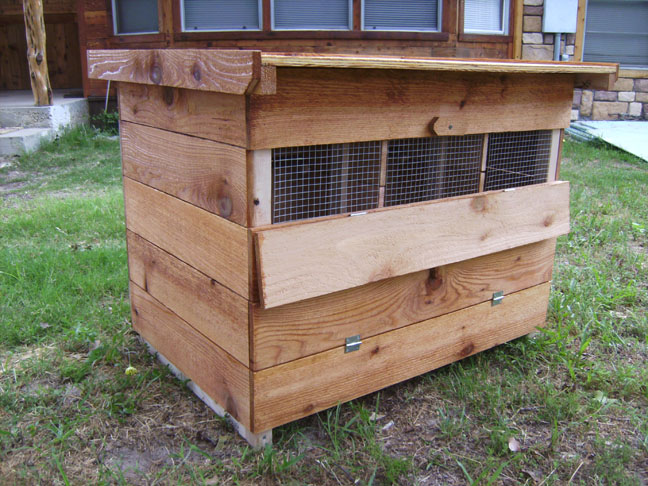
6. Depth of litters
Another easy provision which one can make to keep Chickens in the winter warm is the utilization of deep Litters. Slow composting of the litter and manure emits back heat into the coops and keeps them warm. Use about 4 inches Litter in the coops at the start or the summer season. Then add enough quantity to make sure that the coops remain dry and clean throughout the summer. By the start of winter, the depth of the litter will reach about ten inches deeper and this will facilitate the release of proper heat in the coop. when the Chickens scratch on the litter, it turns and aerates it. This can be done by spreading out some grains on the surface of the litter in the coop for inviting Chickens to eat. Pitch fork can also be used for turning them.
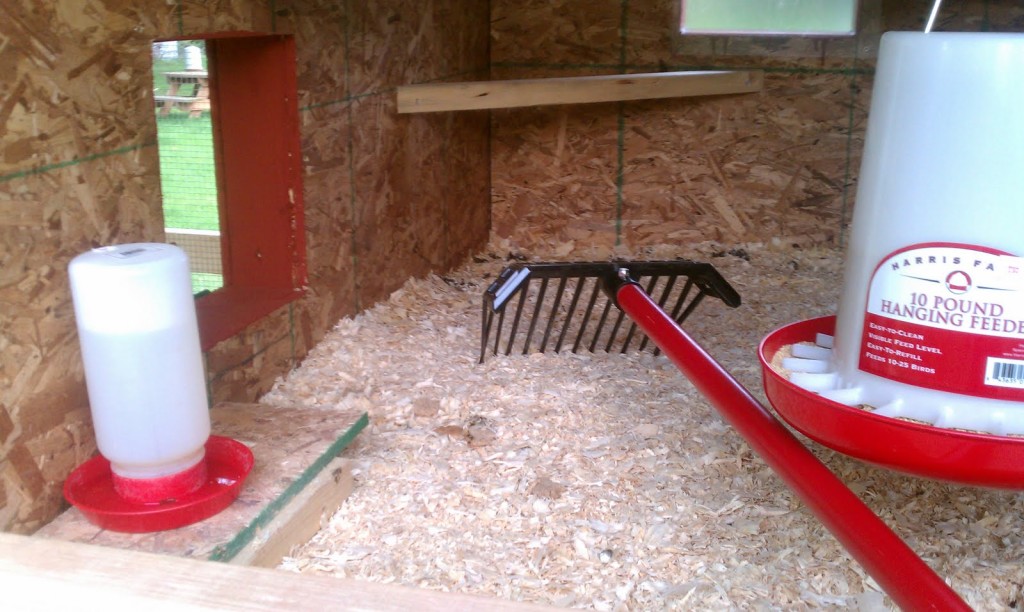
7. Provision of corn
Providing Chickens with some cracked corns to eat in the evening will ensure that their digestion process continues in the night because this process keeps them warm and happy.
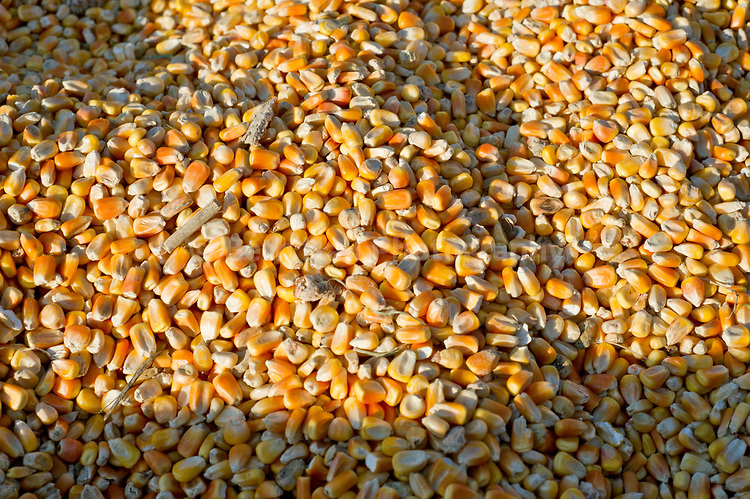
8. A space to move around
A little exercise or walk here and there is good for the health of the Chickens and it makes them happy. If you have a congested coop, you can always built a greenhouse style shelter or a cold frame other than their coop. Give them some time out of the coop under the aforementioned shelter where they can move around and get knotty with their feathers. This allows them to obtain some fresh air which is good for growth.
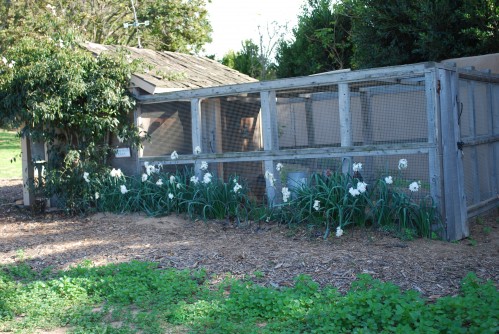
9. Provision for protection from frostbite
Many breeds which feature wattles and large combs are normally vulnerable to frostbite in severe winter climates. This can be prevented by smearing the wattles and combs of such breeds with petroleum jelly.
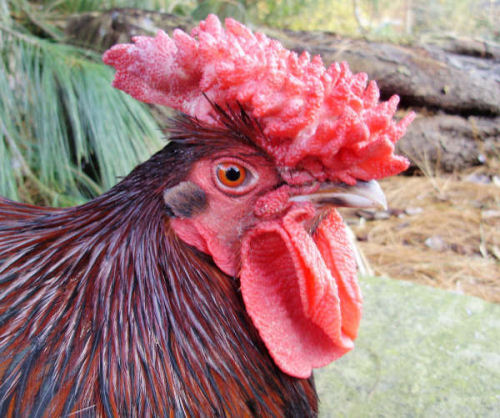
10. Provision for snow
Backyard Chickens in winter or the other Chickens do not like to walk on the snow when the temperature is in the range of 20 degree Fahrenheit. The best thing to do here is to scatter or spread Straw or Hay on the surface for making it more acceptable for them. However, the case is different when the temperature is around low 30’s as they don’t seem much hesitant or reluctant to walk on snow at such temperatures.
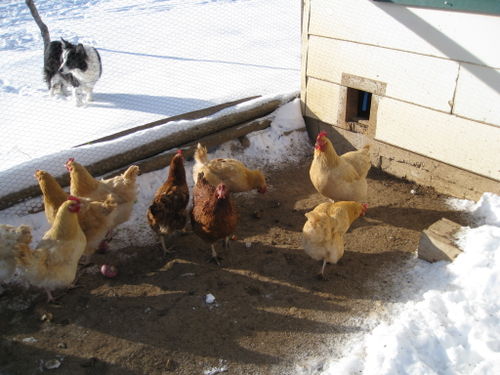
So Chickens and winter season or Chickens in the winter requires you to be extra cautious and proactive.
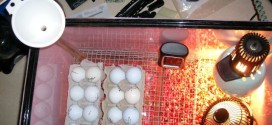

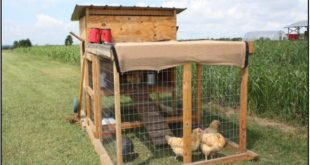
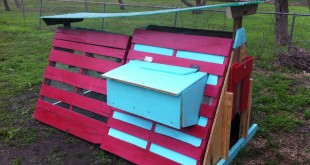
I am interested in the coop pictured at the beginning of this article. Might you have more pictures?
I love the website BTW! Thank You!!
i have many chicken coop pictures what kind of pictures are u
interesting in,coop in snow,chicken rooster…..? or i have an article
on ‘creative chicken coop designs’
https://thepoultryguide.com/chicken-coop-designs/
u can follow my board on pinterest
http://pinterest.com/sheikhfarhan/chicken-coop-designs/